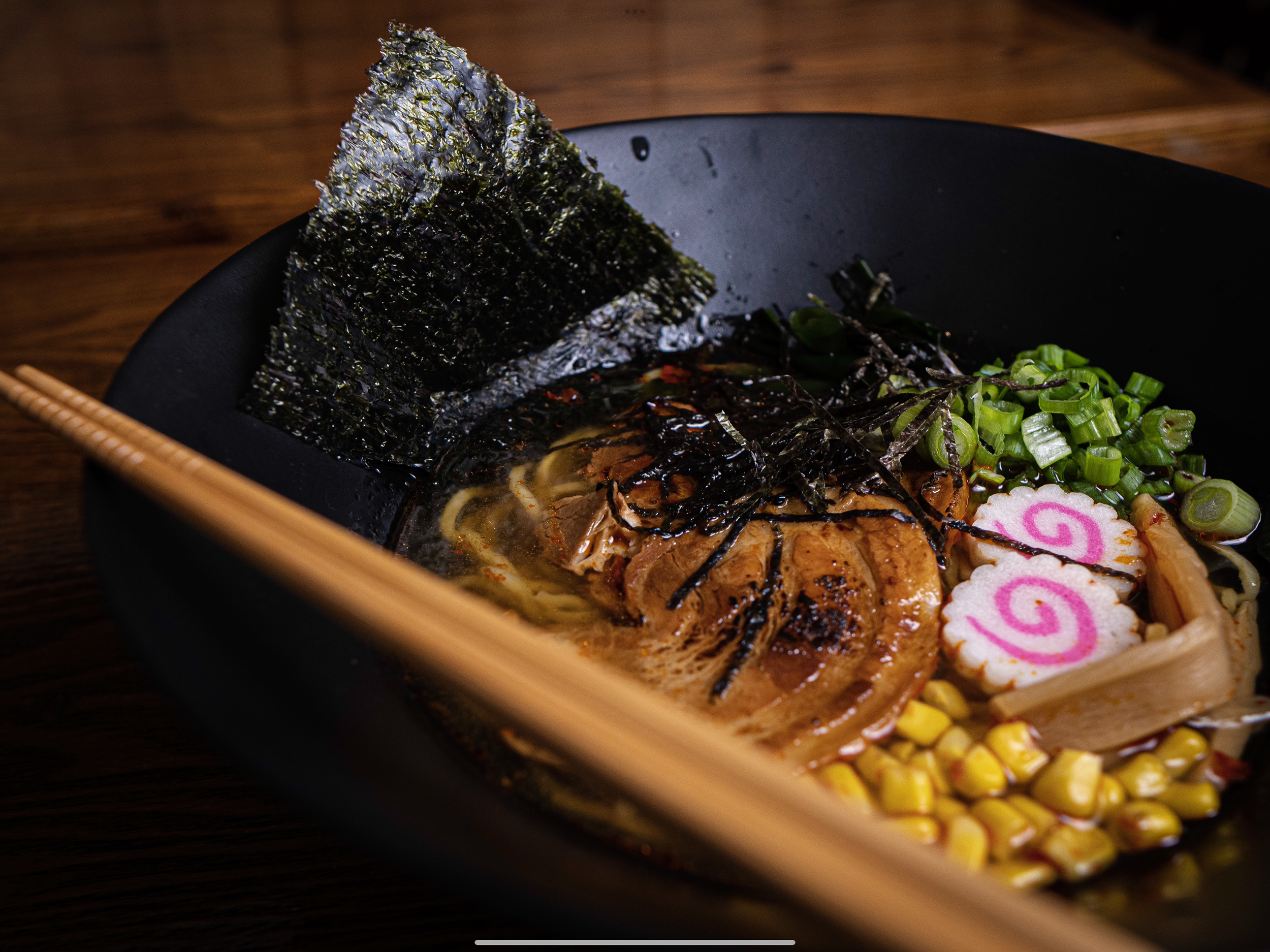
Authentic
japanese
cuisine
savor the flavors of japan IN LONGMONT, COLORADO
Nestled off 17th Ave and Airport Rd in Longmont, CO, we have been serving authentic Japanese cuisine crafted with love by the same local family since 2013. We take pride in offering rich, flavorful broths, and flavorful ingredient pairings, to create a dining experience that’s both comforting and authentic.
Whether you're savoring a classic Tonkotsu Black bowl, a spicy Miso, or one of our Donburi boxes, you will feel the warmth and authenticity in every dish and ramen bowl.
Join us for a cozy meal that brings a taste of Japan in the heart of Longmont.










